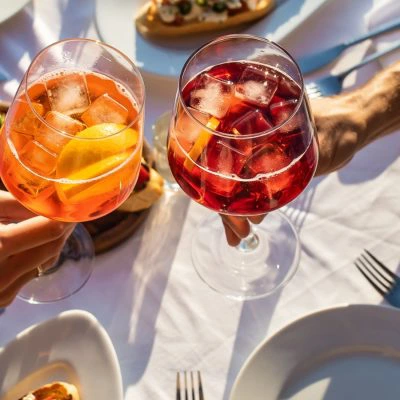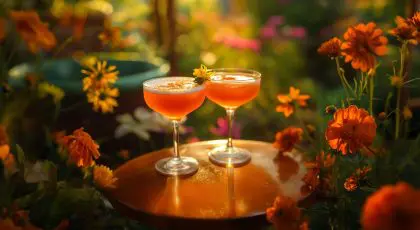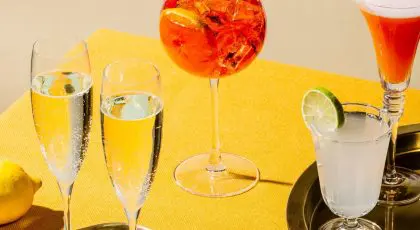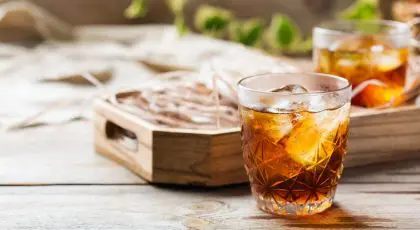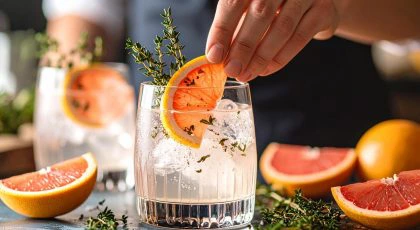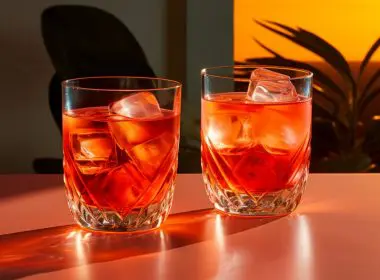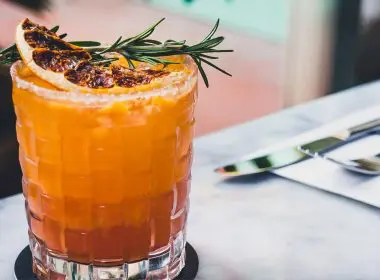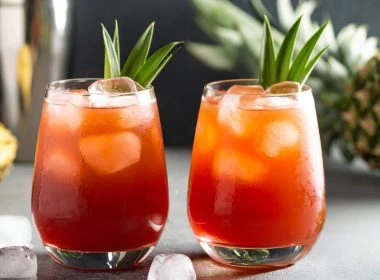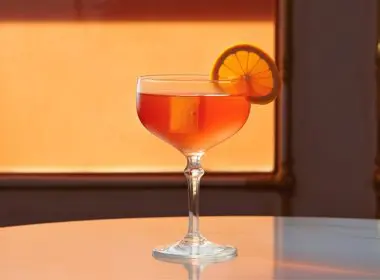What’s the Difference Between Aperol and Campari?
Jump to:
Campari vs Aperol? Welcome to the crux of an age-old cocktail-shaking question, bestie. Both of these Italian aperitifs come to the party with an unmistakable bittersweet kick that turns an ordinary afternoon into something cinematic. Think sun-drenched piazzas, clinking ice, and conversations that linger until dusk.
The good news is that this isn’t a contest, as such; it’s a celebration of two Italian legends that play different notes in the same melody. In this Campari and Aperol comparison, we’ll explore what makes each one shine, from color and flavor to history and cocktail magic.
The Campari and Aperol difference (a tale of two Italian aperitifs)

Long before they showed up on trendy bar menus around the world, these Italian aperitifs were born out of pure creative spirit. Campari came first, created in 1860 by Gaspare Campari in the town of Novara. Its bold scarlet hue and unmistakable bitterness made it a favorite among locals who liked their drinks confident and complex.
Almost six decades later, in 1919, Luigi and Silvio Barbieri unveiled Aperol in Padua after seven years of experimentation. Their secret recipe (unchanged for more than a century!) bottled the easy-going charm of the Veneto region.
Both quickly became symbols of aperitivo culture, the Italian ritual of winding down before dinner with friends, snacks, and a light drink to “open the appetite.” One embodies bold sophistication; the other, bright conviviality. Together, they tell the story of how Italians mastered the art of social sipping.
Learn more: What is Aperitivo Hour? The Ultimate Guide to Italy’s Pre-Dinner Ritual
Ingredients and production

While their recipes remain closely guarded, we do know a few secrets. Campari and Aperol are both bitter liqueurs, crafted from infusions of herbs, roots, and citrus.
Campari (opens in new window) ingredients are famously mysterious, but fans recognize its signature blend of orange, herbs, and wood that gives every sip a deep, velvety bitterness. Its process creates that unmistakable Campari Red clarity, which is delicious and striking before you even taste it.
Aperol (opens in new window) ingredients, on the other hand, lean lighter. It’s made much like Campari but with gentian root, cinchona, and bright citrus oils that highlight notes of orange zest and a touch of vanilla. The result is a drink that’s less bitter, a little sweeter, and unmistakably sunny.
Campari vs Aperol alcohol content? Well, where Campari hits around 25 percent ABV, Aperol sits closer to 11 percent ― a perfect fit for daytime sipping. Both share Italian craftsmanship and a bittersweet soul, yet each brings its own personality to the glass.
Cin Cin! 14 Classic Italian Cocktails to Sip & Savor with Friends
Flavor, color & aroma
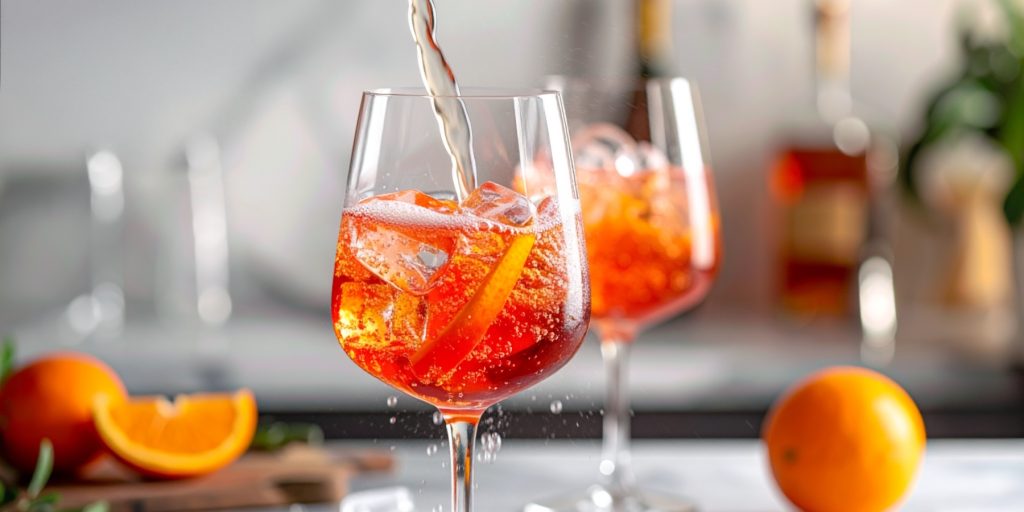
If these two spirits were colors on an artist’s palette, Campari would be a confident red, while Aperol shines in sunset orange. That colour contrast of Campari vs Aperol says a lot about their personalities.
The Aperol vs Campari taste is similarly same-same, but different. Campari is all about intensity. Its bitterness unfolds in layers: first bright orange, then herbal depth, finishing with a smooth, woody aftertaste. The aroma is complex, with floral and citrus notes that rise before the first sip.
Aperol is the softer counterpart. It’s still bittersweet, but more citrus-forward, with hints of rhubarb and vanilla. It’s less about punch and more about balance, leaving a delicate sweetness on the tongue.
And when you compare their strength, the Campari vs Aperol alcohol content tells another story: Campari’s ABV makes it bold and assertive, while Aperol’s lighter ABV keeps things easy-going. Both invite you to slow down, just in different moods.
How to use Campari and Aperol in cocktails
These aperitifs are the unsung heroes behind some of the world’s best cocktails. Each one has its moment to shine, and when mixed with intention, they bring out the best in everything they touch, from golden hour Spritzes to late-night Negronis.
Aperol moments

Few drinks capture la dolce vita like the Aperol Spritz. A simple trio of Aperol, Prosecco (opens in new window), and club soda served over ice with a slice of orange; it’s the definition of laid-back elegance. Picture it with a plate of green olives, crisp bruschetta, or salty potato chips on a sunlit terrace. The magic is in its balance: bittersweet, bubbly, and low in alcohol, so you can linger over another round without missing a beat.
For something a little more unexpected, the Naked & Famous swaps Prosecco for a punchy blend of mezcal (opens in new window), yellow Chartreuse, Aperol, and lime. It’s smoky, silky, and vibrant all at once, and a favorite of bartenders who love bold contrasts. Try it with something equally punchy on the plate, like roasted almonds, spicy prawns, or a wedge of aged pecorino.
Then there’s the Paper Plane, an instant modern classic. Equal parts Aperol, bourbon (opens in new window), amaro (opens in new window), and lemon juice, it’s the perfect handshake between Italian tradition and American craft cocktail culture. Served up in a coupe glass, it’s tart, bittersweet, and deeply satisfying. Pair it with charcuterie, soft cheeses, or prosciutto-wrapped melon for the full aperitivo effect.
The magic of Aperol lies in its approachability (simplicity in flavor and lower alcohol content). Also, the sweetness is bigger than bitterness, which results in a pleasant mouthfeel.
Campari classics
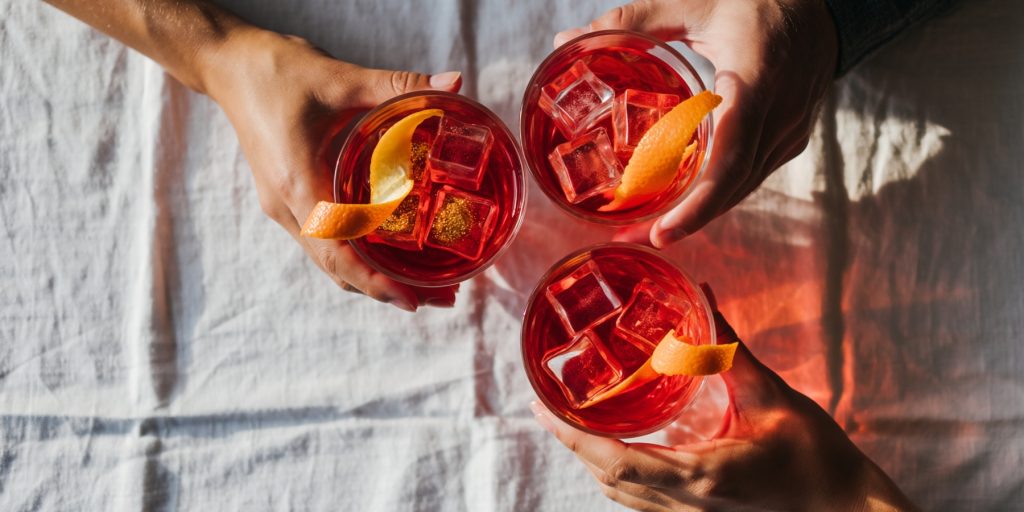
On the other side of the spectrum sits Campari, the backbone of cocktail history. The Negroni (equal parts Campari, gin (opens in new window), and sweet vermouth (opens in new window)) is practically a love letter to balance. Its bold bitterness and herbaceous depth make it the go-to choice for anyone who likes their drink with a bit of attitude. It pairs beautifully with aged cheeses, roasted nuts, or a few slices of Italian salami.
The Americano (opens in new window), the lighter, more sparkling predecessor to the Negroni, replaces gin with club soda. It’s crisp, aromatic, and tailor-made for long summer afternoons. Add some marinated olives or thin slices of focaccia, and you’ve got an instant aperitivo spread.
Then there’s the Boulevardier, the winter twin of the Negroni. Here, bourbon steps in for gin, adding warmth and spice to Campari’s bitterness. It’s best served slow, with something hearty like truffle chips, smoked meats, or dark chocolate.
Campari boasts a richly complex flavor profile, distinguished by its herbaceous and unmistakable bitter notes. The flavor lingers on your palate as you enjoy it, evolving with each sip. What begins with a bold bitterness gradually unfolds into a symphony of delicate floral notes, creating a layered and sophisticated tasting experience that reveals new dimensions with every sip.
Go pro: Negroni Variations: Creative Twists on a Classic
When to choose Campari or Aperol
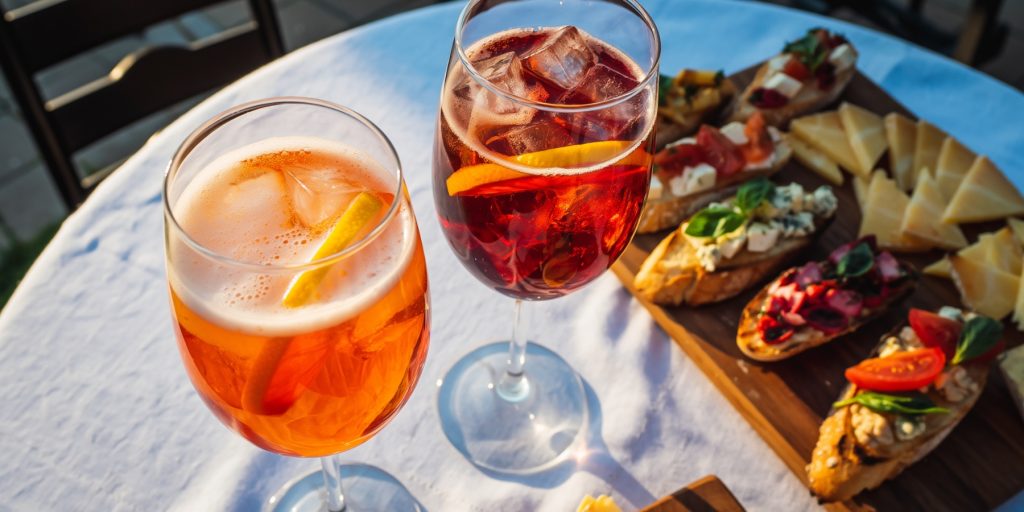
Wondering if you can substitute Aperol for Campari? Technically, yes, but the experience changes completely. Using Aperol in place of Campari transforms a Negroni into something gentler, more citrusy, and a little sweeter. Think of it like switching from espresso to cappuccino. Same foundation, different mood.
An example is the Campari / Aperol Spritz difference, which is simple but striking. Aperol keeps it light and zesty, perfect for lazy afternoons, while Campari adds a bold, complex edge that is tailor-made for sunset sipping. Both belong in your repertoire; it’s just a matter of when the moment calls.
Ultimately, both Aperol and Campari are at their best when shared and paired with laughter, light bites, and the kind of company that makes time slow down. They aren’t just ingredients; they’re experiences in liquid form.
Also see: 16 Delicious Spritz Cocktails to Sip on This Summer
Final sip: two icons, one aperitivo spirit
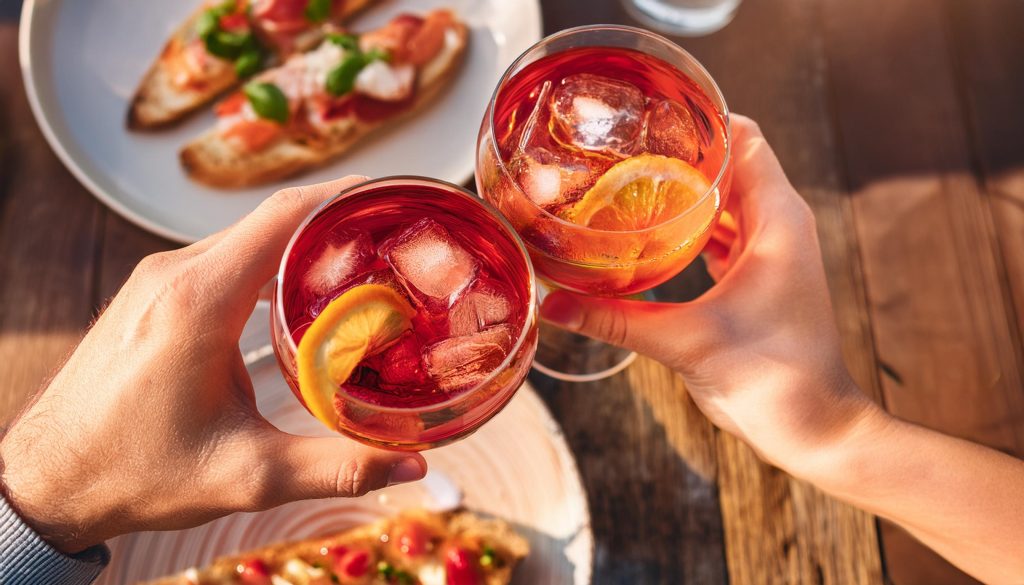
In the end, there’s no choosing sides, and why should there be? Campari and Aperol are two expressions of the same Italian art form: savoring life, one sip at a time. Each tells its own story of craftsmanship, color, and culture, yet both share that unmistakable spark that turns any moment into an occasion. So next time you raise your glass, think of them not as opposites but as partners in the same timeless ritual that lies at the core of the aperitivo spirit. Salute!
There you have it, the tasty Campari and Aperol comparison in a nutshell. Visit the Campari (opens in new window) and Aperol (opens in new window) websites to stock up or add them to your cart on the handy Amazon storefront. In the meantime, explore our delicious cocktail recipes and sign up for our newsletter to stay in the mix.
